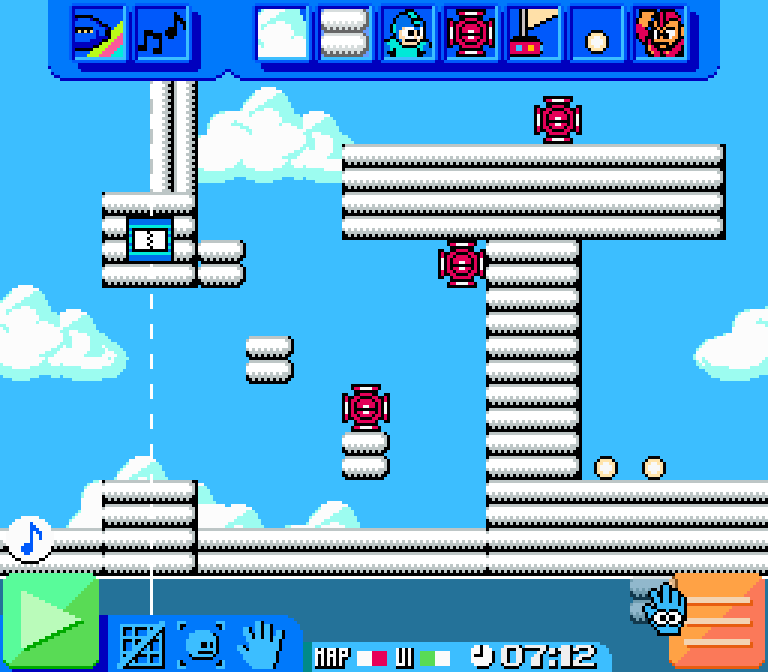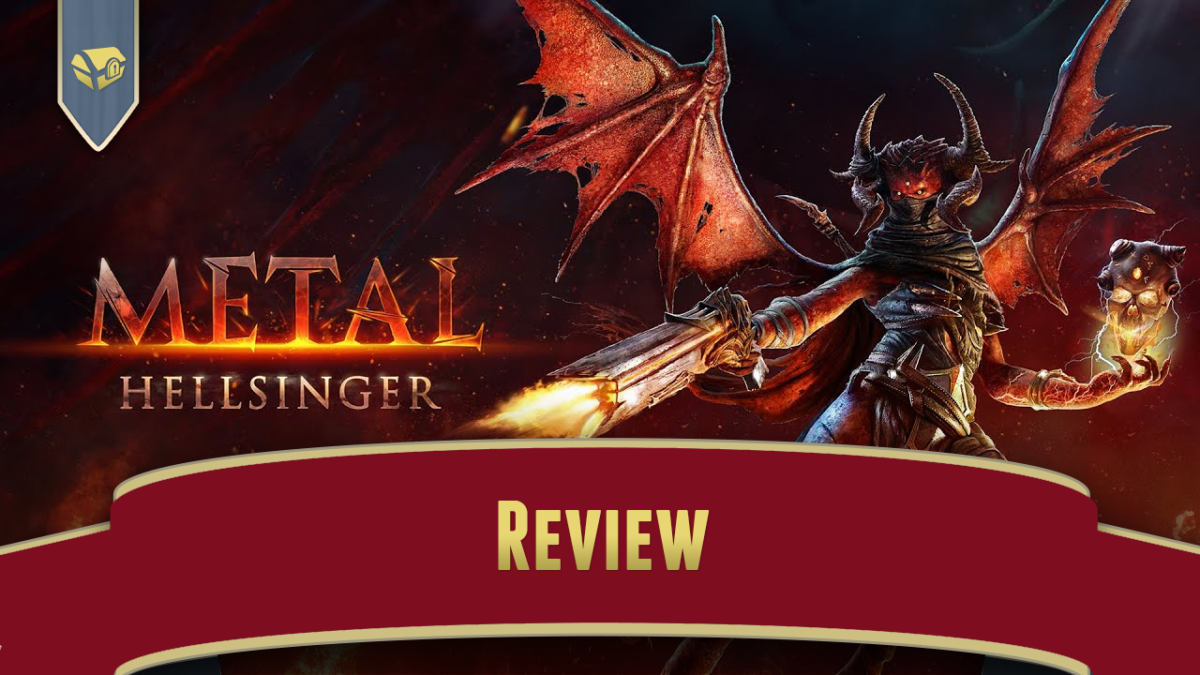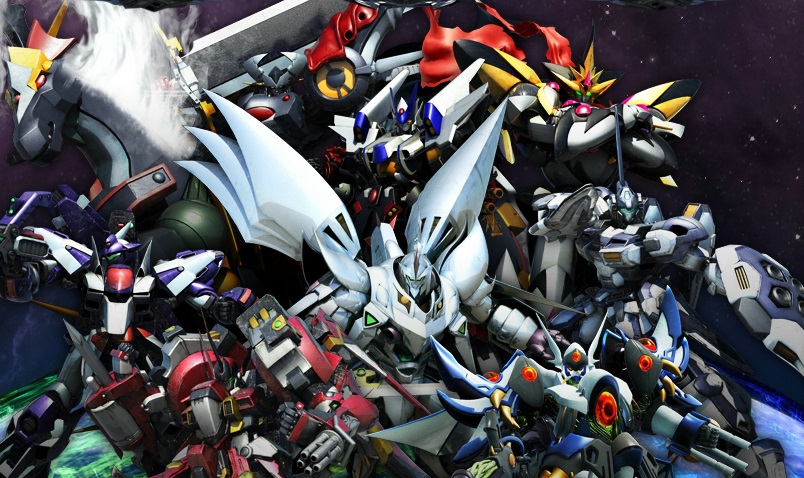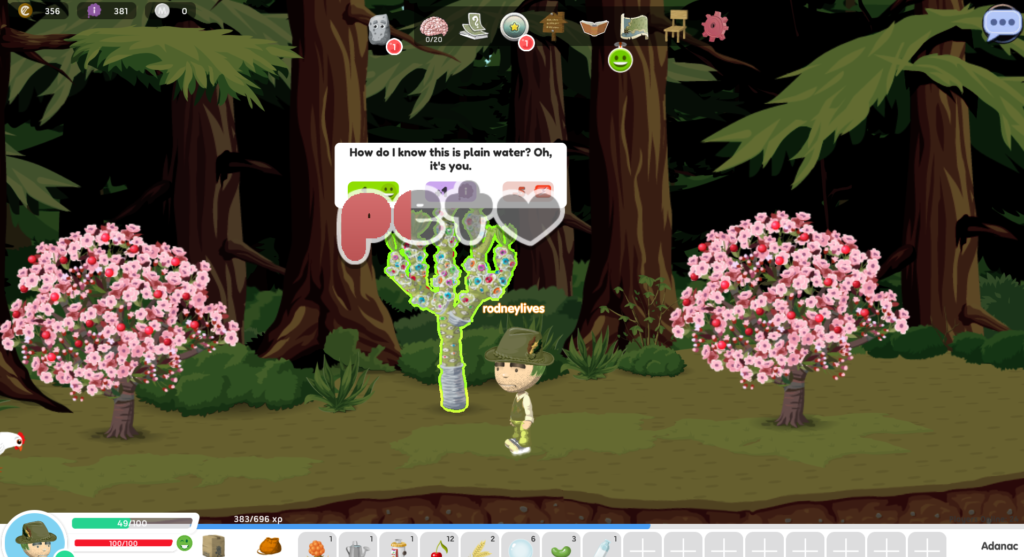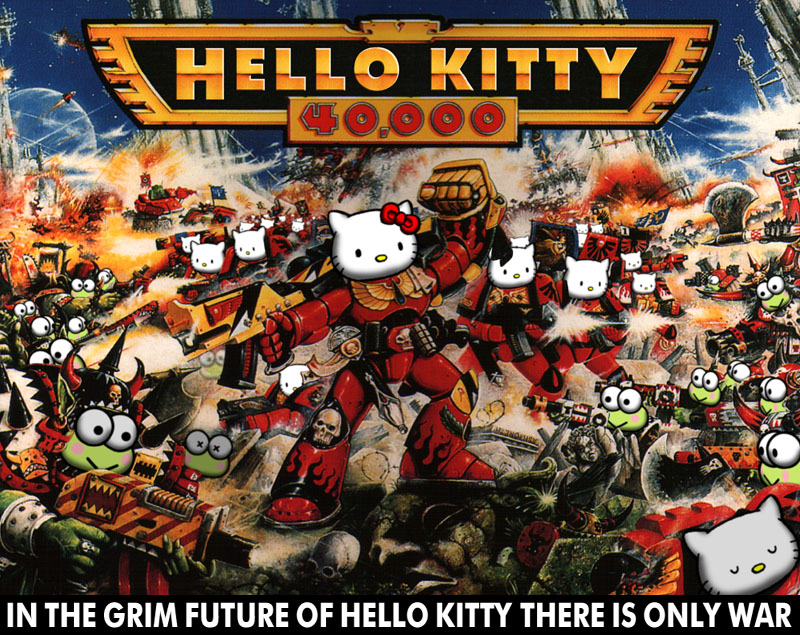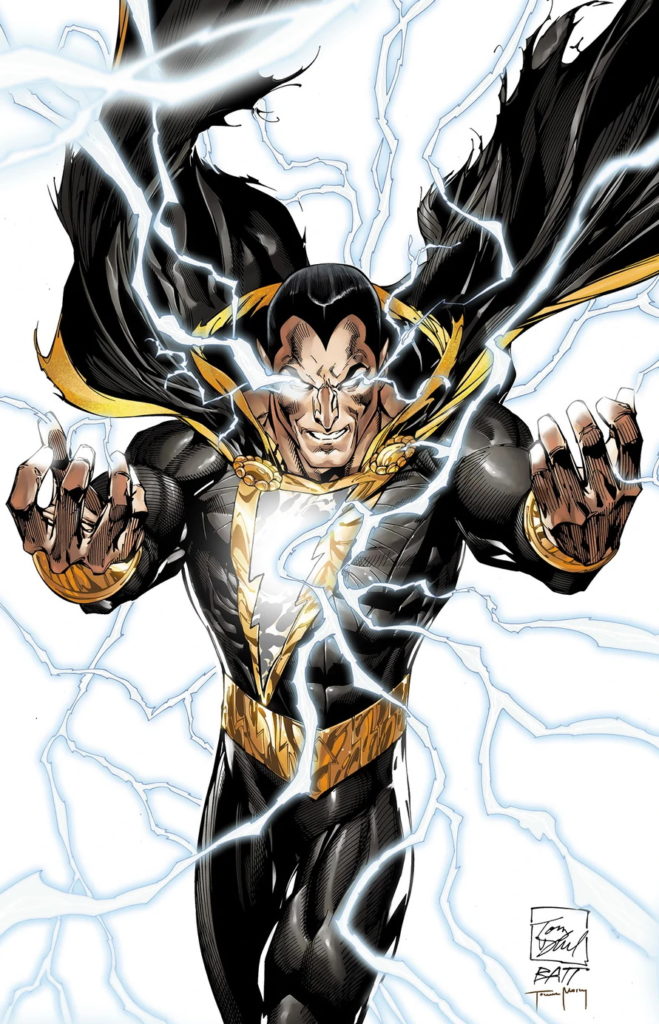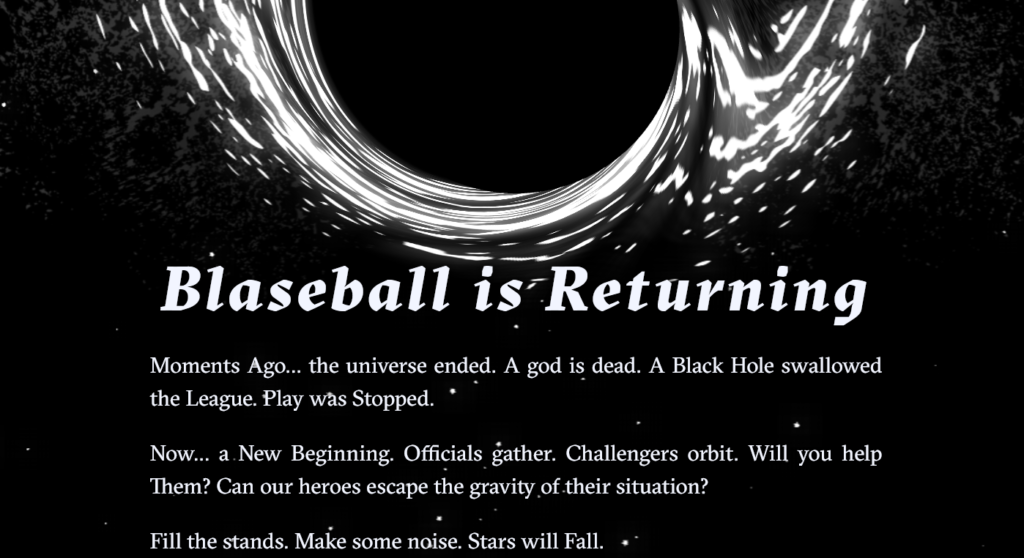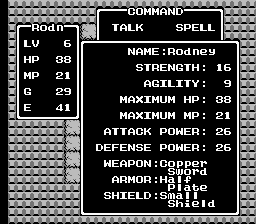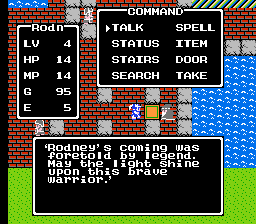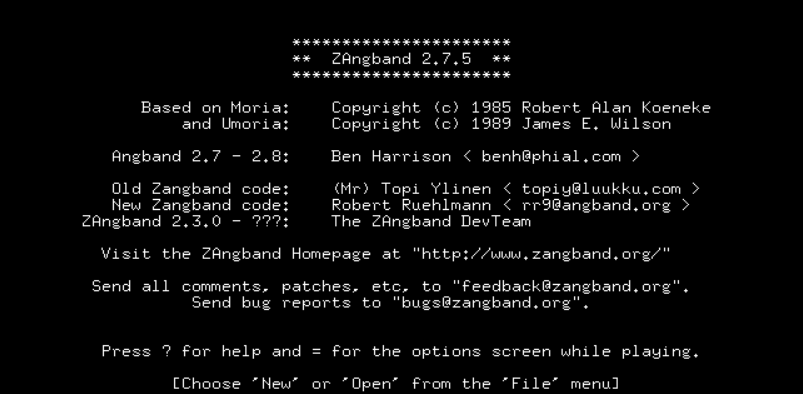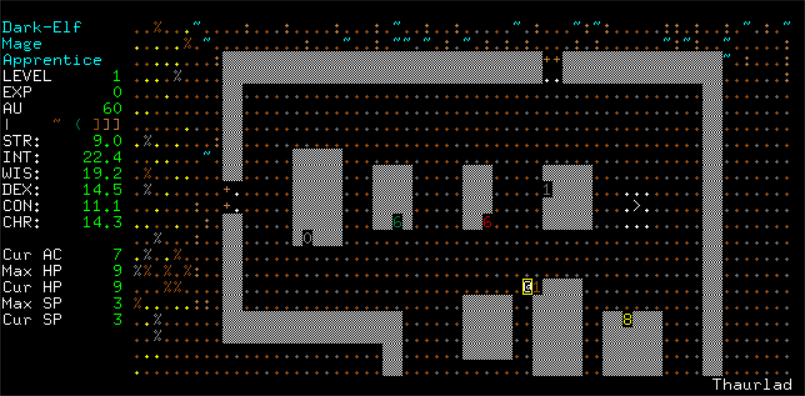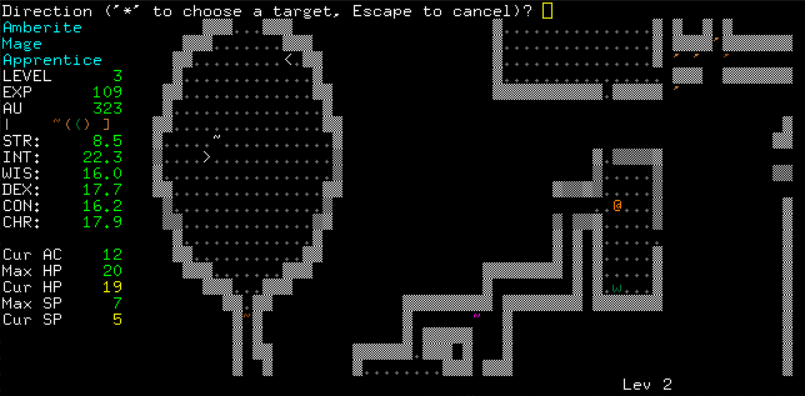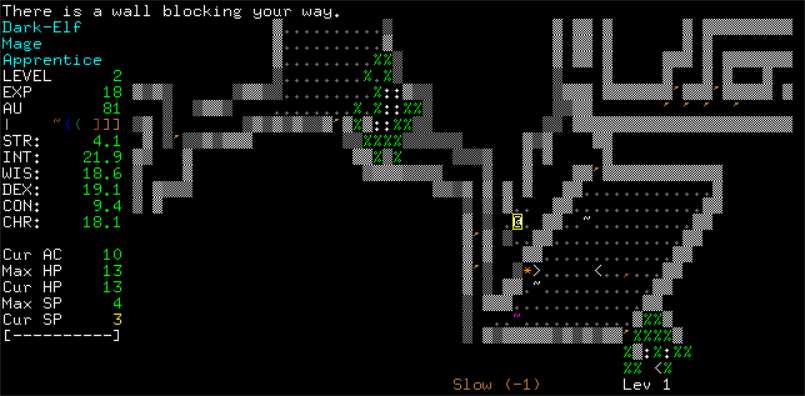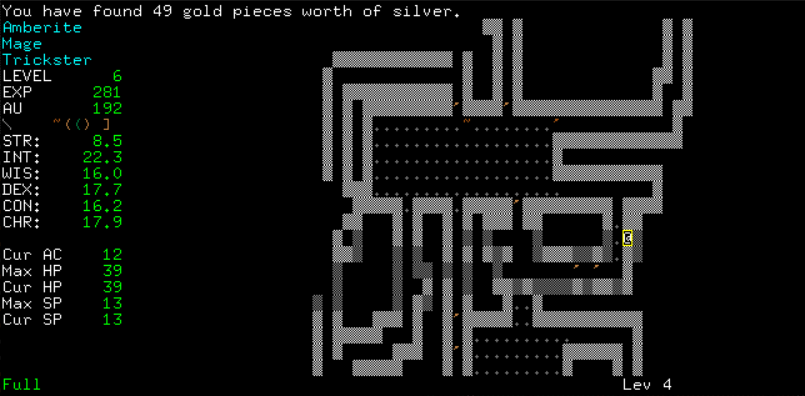
“We scour the Earth web for indie, retro, and niche gaming news so you don’t have to, drebnar!” – your faithful reporter
I’m back! I’ve been bobbing and blobbing around internet slimepools and have dredged from their murky depths the latest gaming information for your consumption! Yum!
Engadget’s Kris Holt tells us that the graphic-based Steam version of Dwarf Fortress is on the way! It’ll cost $30, which it is possible to be dismayed by, except that if there’s any game that offers depth and content worth at least $30, it’s Dwarf Fortress. The version will have not only graphics but a tutorial and updated UI! And the free version will continue to be updated! Dwarf Fortress is going with a paid version because its creators, being not electronic dwarves but actual human being people, need money to live. Please, help them to live!
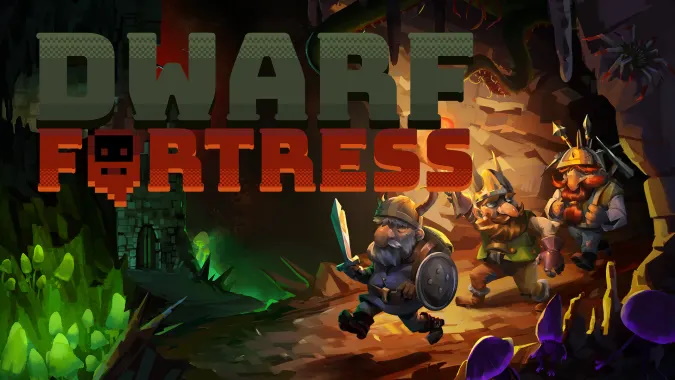
Liam Doolan at Nintendo Life: Mario Party 1 and 2 are coming to Switch Online’s Expansion Pack. I wonder if the games will destroy Joycons as thoroughly as it did N64 joysticks?
K. Thor Jensen for PC Magazine writes about what he considers the 10 worst arcade conversions of all. They cover a number of likely suspects. Atari 2600 Pac-Man, NES 720°, GBA Mortal Kombat, GBA Marble Madness, PC Thunder Blade, Amiga Street Fighter II, NES Ikari Warriors, 2600 Double Dragon, PS1 X-Men vs Street Fighter, and C64 Cisco Heat. But, I dunno, there are a lot of awful computer ports of arcade games floating around out there. Given the time I could probably redo the whole list, but PC Magazine isn’t paying me to do it. Plus, that kind of negativity is more the Gripe Monster’s lawn.
Ryan Dinsdale at IGN tells us that Microsoft loses from $100 to $200 on every Xbox X and S they sell. Aaahahaha! Yes my minions, exult with me in the misfortune of a major console manufacturer, for no good reason than sheer ill will! Er. Sorry, I let the evil out of my brain for a moment there.
At Kotaku, John Walker says that Playstation Plus has lost two million subscribers after its relaunch! Haahaha! Revel in their misfortune! Giant corporations will destroy the earth, at least they suffer very slightly every once in a great while! Oops, sorry again, I really need to get my bile gland emptied more often. The article mentions that the higher-priced tiers mean Sony is actually making more money now anyway.

